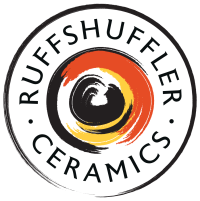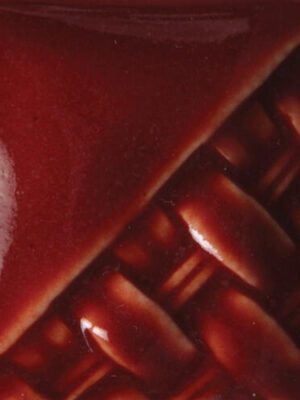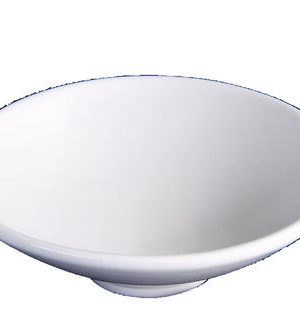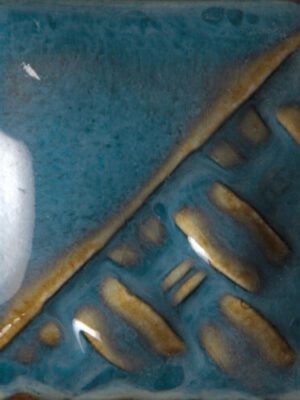Abbots Glossy Turquoise Dry Powder Glaze
SPECIAL ORDER ONLY
Product Details
Abbots Glossy Turquoise Midfire Glaze is a glossy, reactive, foodsafe (in Abbot’s opinion) glaze. Can be applied thickly.
With Abbots Glossy Turquoise Midfire Glaze, aim for around 1.6kg to 1.7kg weight per litre or a creamy but not runny consistency. All glazes will differ slightly in the amount of water needed.
Mixing Abbots Mid-fire Glazes
Most potters will mix the glazes to suit the application style and thickness required. Most of the Abbots glazes give best results when thick. Ash glazes will give best results when thin. Some glazes such as the Iron glazes and Sea Urchin are quite fluid and application thickness should be controlled to avoid messy runs!
In general, you should expect to mix 1.0-1.25 litres of water to 1Kg of glaze. Pass through an 80# sieve once or twice.
Most Abbots glazes are very well suspended. If you wish to enhance the suspension qualities you can do this by cautious incremental additions of calcium chloride, epsom salts or plaster of Paris before sieving.
Firing Abbots Mid-fire Glazes
We do all our development work in a 1 cubic foot laboratory kiln and to ensure representative results we set our programmer as follows:
| Ambient to 200°C | 100°C per hour |
| 200°C to 1050°C | 300°C per hour |
| 1050°C to 1200°C | 80°C per hour |
| Soak at 1200°C | 30 minutes |
| 1200°C to 1050°C | 80°C per hour (fire down) |
| 1050°C to 900°C | as fast as possible (applies to iron glazes) |
| 900°C | soak for 1 hour (applies to iron glazes) |
| Cool |
This firing just bends cone 6 in our kiln. If you follow a similar routine and also bend cone 5 or 6 you should get similar or identical results. You may have to set your controller anywhere between 1180C and 1220C to duplicate these results – all kilns are different.
Some glazes may respond better to different regimes and a wide array of results is possible. The iron red glazes respond well to a fast cool from 1200C to 900C with a 1 -hour hold at 900C. We have not yet tested every option.
The iron glazes are very fluid but work best with a thick application. Experiment with a sacrificial catch-tray under pots until you have mastered them- and bat-wash your shelves!
Do experiment with multiple layers of different glazes for unique results









Rating & Review
There are no reviews yet.